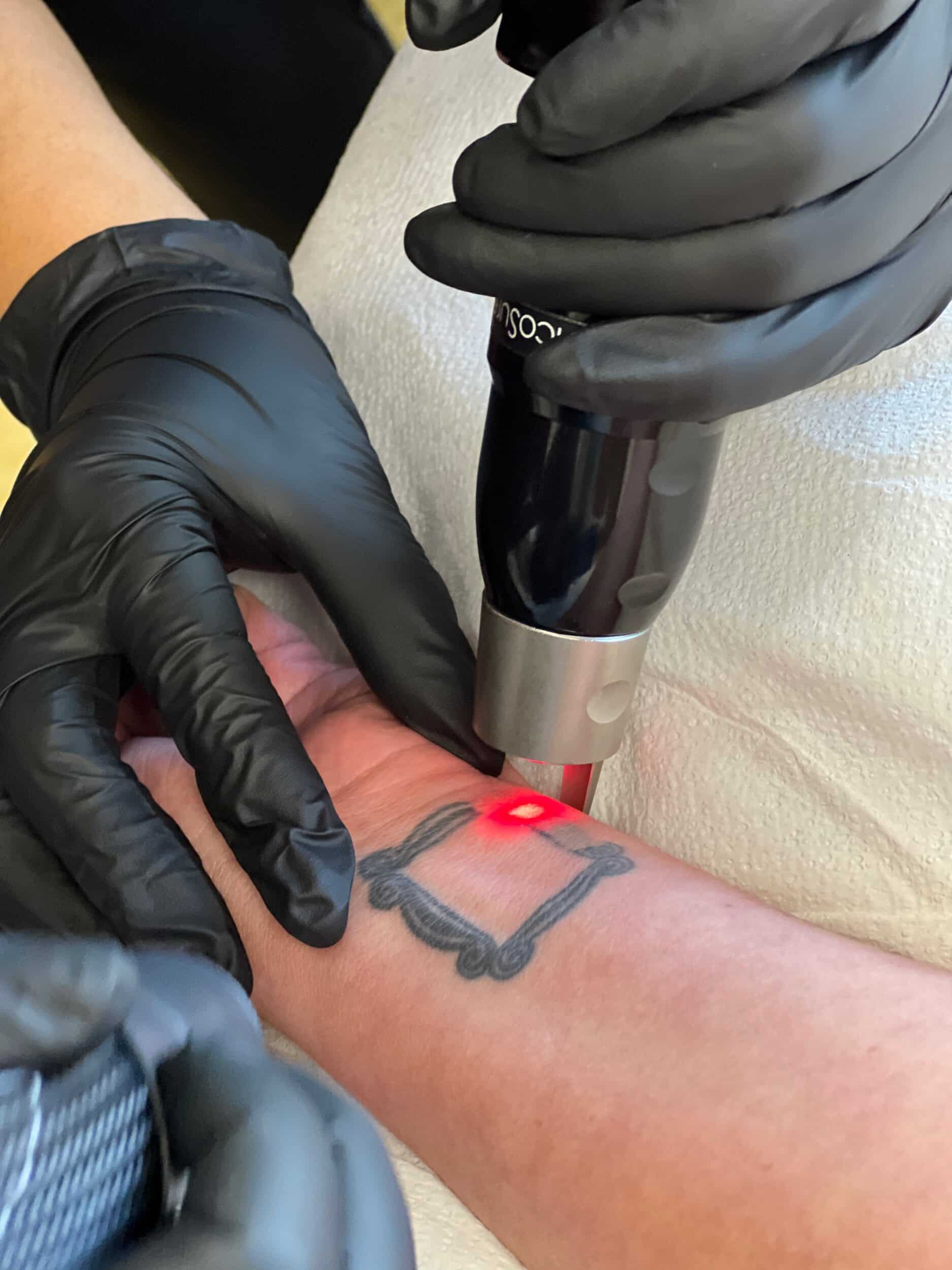Laser Tattoo Removal: Painless Tattoo Removal Process

Tattoos have been a popular form of self-expression for centuries. However, as life evolves, so do personal preferences and situations. What was once a cherished piece of art can become a source of regret. Fortunately, advancements in technology have made it possible to remove tattoos more effectively and, importantly, with minimal discomfort. Laser tattoo removal is increasingly recognized as a painless tattoo removal process, offering those with tattoo regret a second chance at clear skin.
Understanding the Laser Tattoo Removal Process
Laser Tattoo Removal in Dubai is a method that uses targeted laser light to break down the ink particles in the tattoo. The body then naturally eliminates these fragmented particles over time, causing the tattoo to fade and eventually disappear. The process is highly effective for a wide range of tattoo colors and sizes, making it a preferred choice for those seeking to remove unwanted tattoos.
How Does It Work?
The laser used in tattoo removal emits short pulses of light energy that are absorbed by the tattoo ink. The energy causes the ink to heat up and shatter into smaller particles. Over time, the body's immune system flushes out these tiny ink particles, gradually causing the tattoo to fade. Multiple sessions are usually required to achieve complete removal, as the process is gentle enough to minimize damage to the surrounding skin.
The number of sessions needed varies based on several factors, including the size, color, and age of the tattoo, as well as the individual's skin type. Older tattoos are generally easier to remove than newer ones, and black ink tends to respond more quickly to treatment than colored inks.
The Advantages of Laser Tattoo Removal
Minimal Discomfort
One of the most significant benefits of laser tattoo removal is that it is considered a painless tattoo removal process. Modern lasers are designed to target the ink with precision, minimizing damage to the surrounding skin and reducing pain. Additionally, many clinics offer numbing creams or cooling devices that can be applied to the skin before the procedure to further enhance comfort.
Patients often compare the sensation to a rubber band snapping against the skin, which is far less painful than older tattoo removal methods like excision or dermabrasion. With each session, the discomfort typically decreases as the tattoo fades.
Effective on All Skin Types
Another advantage of laser tattoo removal is its versatility. It can be safely performed on all skin types and tones. Advances in laser technology have led to the development of different laser wavelengths that can be adjusted based on the color of the ink and the patient’s skin tone. This customization ensures that the treatment is effective while minimizing the risk of hyperpigmentation or scarring.
Faster Recovery Time
Unlike other tattoo removal methods that can leave the skin raw and require extensive healing time, laser tattoo removal has a relatively quick recovery period. Most patients experience only mild redness and swelling after the procedure, which typically subsides within a few days. There is no need for bandages, and patients can return to their normal activities almost immediately.
Safe and Non-Invasive
Laser tattoo removal is a non-invasive procedure, meaning it does not involve cutting the skin or using harsh chemicals. This significantly reduces the risk of infection and other complications. The lasers used in the process are highly controlled and precise, targeting only the ink particles while leaving the surrounding skin unharmed.
Preparing for Laser Tattoo Removal
Before undergoing laser tattoo removal, it is essential to have a consultation with a qualified professional. During this consultation, the practitioner will assess the tattoo and provide an estimate of how many sessions will be required. They will also discuss any pre-treatment care, such as avoiding sun exposure and discontinuing certain skincare products that could increase sensitivity.
What to Expect During the Procedure
The laser tattoo removal process is straightforward. During the session, the patient will wear protective eyewear, and the practitioner will use the laser to deliver pulses of light to the tattooed area. Each session typically lasts between 15 to 30 minutes, depending on the size and complexity of the tattoo.
Immediately after the procedure, the treated area may appear white or frosted, a temporary reaction that usually fades within a few minutes. Redness, swelling, and minor blistering may occur, but these side effects are temporary and manageable.
Aftercare and Healing
Proper aftercare is crucial to ensuring the best results from laser tattoo removal. Patients are advised to keep the treated area clean and dry and to avoid picking at any scabs or blisters that may form. Applying a soothing ointment and covering the area with a sterile bandage can help prevent infection and promote healing.
It is also important to protect the treated skin from sun exposure, as it can cause pigmentation changes. Patients should use a broad-spectrum sunscreen with a high SPF to shield the area from harmful UV rays.
Monitoring Progress
The tattoo will gradually fade over the weeks following each session. It is essential to allow sufficient time between treatments, usually six to eight weeks, to enable the body to clear away the ink particles effectively. Regular follow-up appointments will help monitor progress and adjust the treatment plan as necessary.
Conclusion: The Future of Tattoo Removal
Laser tattoo removal has revolutionized the way we think about tattoos. No longer a permanent decision, tattoos can now be safely and effectively removed with minimal discomfort. As technology continues to advance, the process is becoming even more refined, offering a painless tattoo removal process that is accessible to everyone. Whether you’re looking to erase a past mistake or simply want to make room for new art, laser tattoo removal provides a safe and effective solution for a fresh start.